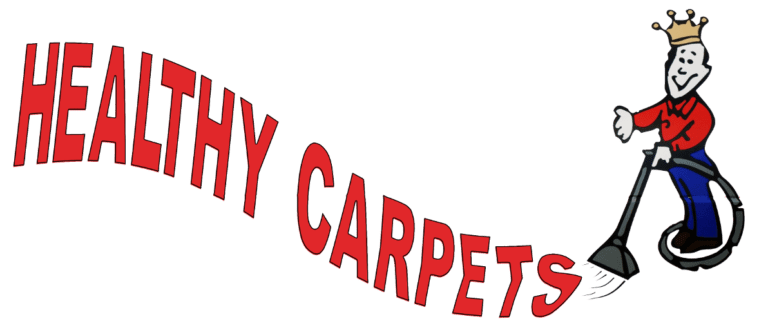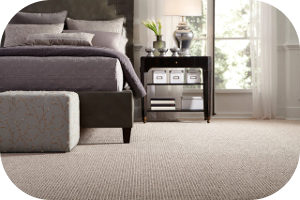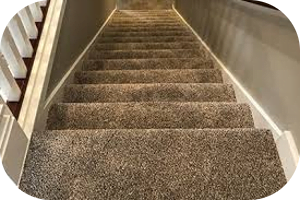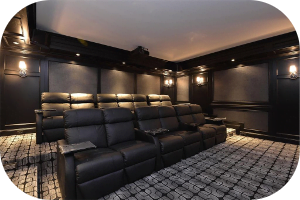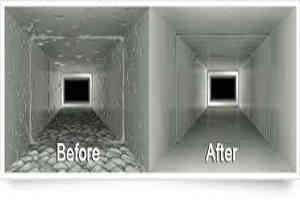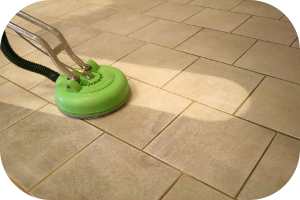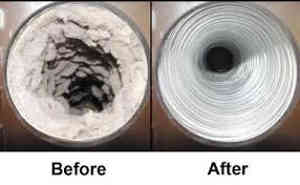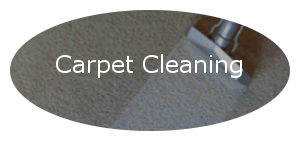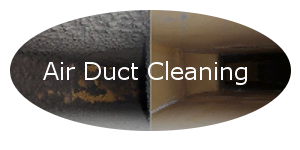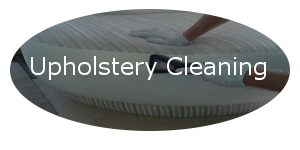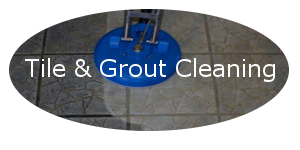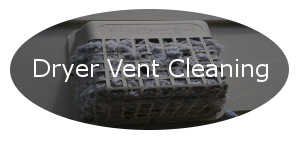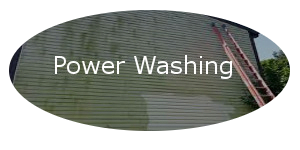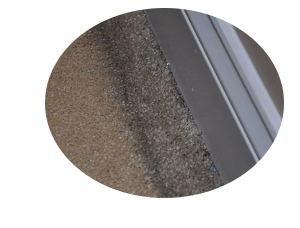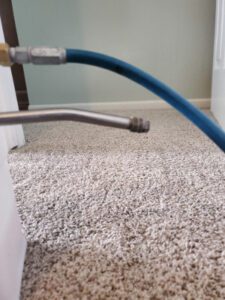Asbestos & Mold Testing
Testing Asbestos & Mold In Ann Arbor Since 2018
Professional Asbestos & Mold Testing Ann Arbor, MI
We will sample and test any questionable asbestos and or mold quesitonable in your home or business
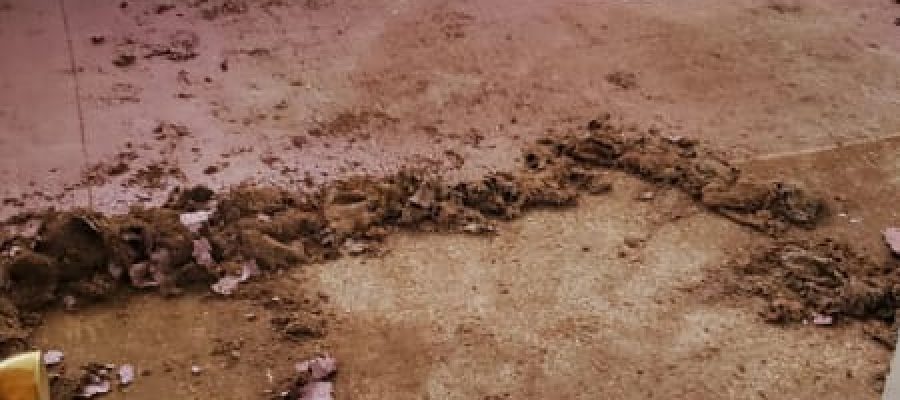
How Does Mold Get Into Your Home?
The fundamental catalyst for mold growth is moisture where it shouldn’t be present. When water infiltrates a residence through sources such as pipe leaks, roof punctures, or foundation fissures, mold can swiftly take hold and proliferate. While mold stemming from a leaking shower head might be relatively straightforward to address, mold resulting from a cracked foundation demands specialized remediation techniques. As long as mold remains supplied with moisture, it will persist and propagate, dispersing mold spores into the air and depositing them on various surfaces. Given sufficient moisture, mold will continue its spread unabated.
Why Is Mold So Dangerous?
While some molds may simply be unsightly, others pose significant health risks. Certain molds are toxic and can lead to respiratory issues. Mold toxicity manifests in various symptoms, including muscle aches, which individuals may not immediately link to mold exposure. Moreover, numerous mold varieties exacerbate allergies and asthma. Therefore, if you encounter allergy or asthma symptoms during visits to properties you’re contemplating purchasing, it’s imperative to ensure a thorough mold inspection is conducted. This inspection can be performed either by a home inspector licensed to test for mold or by a dedicated specialist. Investing in mold inspection is prudent, especially considering the potential medical expenses associated with illnesses stemming from mold exposure.
The Secretes Of Mold
If you happened to catch any of the harrowing news images following the devastation of 2012’s Superstorm Sandy or Hurricane Katrina in 2005, you likely observed the rapid emergence of mold in the aftermath of damaged homes. Fortunately, such severe instances of mold infestation are uncommon. However, some residences may harbor mold issues that remain concealed from plain sight. Mold has a knack for hiding under carpets, behind baseboards, or even beneath layers of paint. Nevertheless, trained professionals can detect mold spores, even in the absence of visible mold growth. Extensive mold problems have the potential to render homes hazardous or uninhabitable, underscoring the critical importance of incorporating mold inspection into the home inspection process.
Our Asbestos & Mold Testing Process
How we ensure a Healthier enticement in your home or commercial space:
Inspect questionable mold or asbestos
Revice results within 5 days
Collect the mold or asbestos sample
Create a mitigation plan one on one
Overnight the sample to our lab in VA
Re-test confirming mold or asbestos is completely gone
Hidden Mold Found By Our Mold Inspectors
Ensuring the presence of a licensed mold inspector is crucial for uncovering concealed mold within a building structure. Some deceitful sellers resort to masking mold by applying spackling or paint, or they may opt to conceal it by installing new sheetrock over mold-infested framing. However, mold spores remain unable to elude the detection mechanisms employed by mold inspectors, as they pervade the air at a microscopic level even in the absence of visible mold growth.
Mold inspectors meticulously evaluate potential sources of mold and scrutinize evidence that may evade detection by untrained individuals. Additionally, inspectors scrutinize factors such as construction permits, which can offer insights into the types of construction activities that might have been undertaken to camouflage mold-related issues.
The mold inspection process encompasses the following key steps:
1. Visible inspection
2. Surface sampling/testing
3. Air sampling/testing
Have any questionable mold or Asbestos you need tested? Call Today on (734) 224-8206.
Once both surface and air sampling procedures are concluded, samples are dispatched to a cutting-edge laboratory facility for comprehensive testing. Upon receipt of the results from the lab, a licensed inspector will analyze the report.
If the report confirms the presence of mold in your residence, the inspector will formulate a mold remediation protocol. This protocol will pinpoint the cause(s) of the mold, outline steps for remediation, and suggest future precautions to prevent recurrence.
Various mold abatement techniques are employed to eradicate hazardous mold from homes and render them safe for occupancy. However, there are instances where mold abatement alone may not suffice. For instance, if black mold is detected within a home’s framing (often triggered by flood damage), mere removal may not be viable. In such cases, the only recourse is to replace the mold-infested structural components. The expenses associated with such repairs can be substantial, particularly if the damage is extensive.
